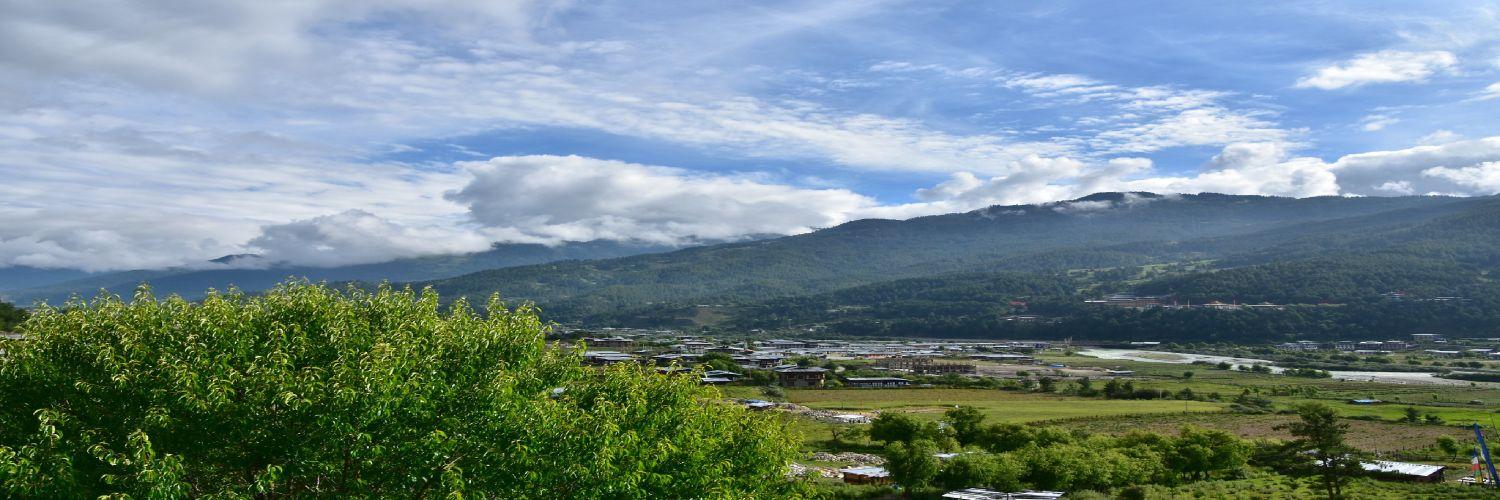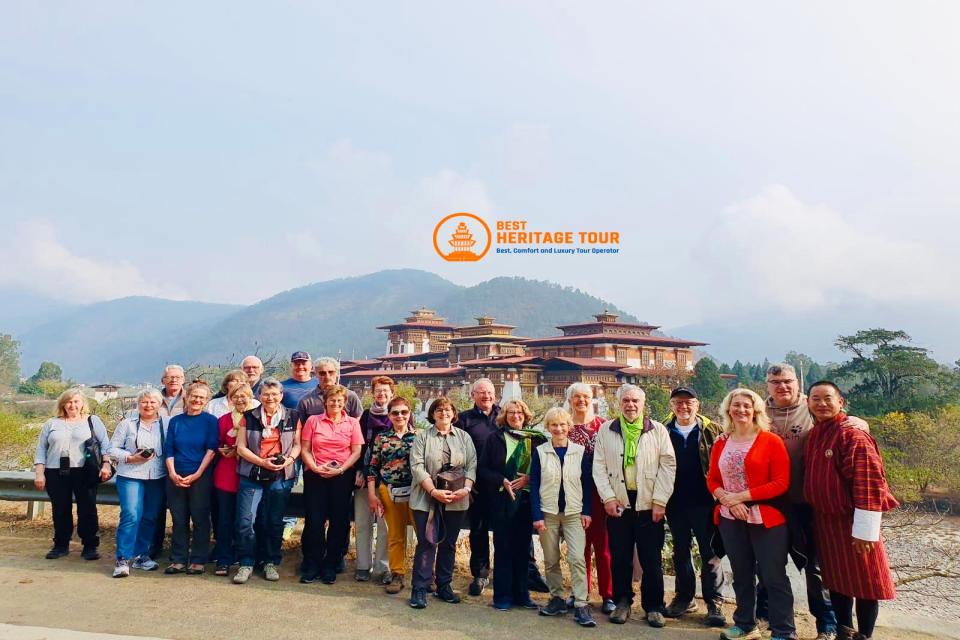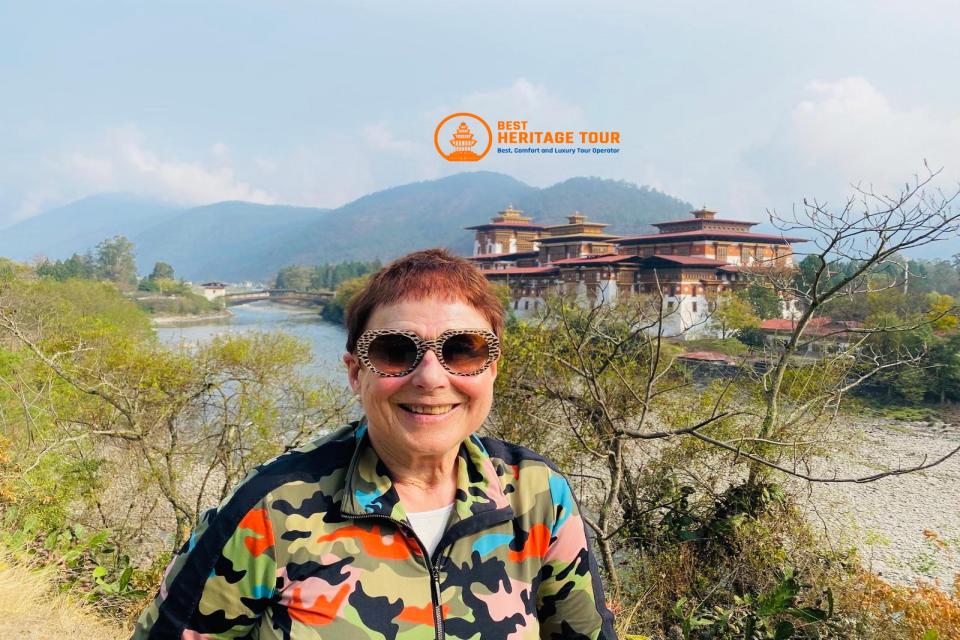Nestled in the heart of Bhutan lies Bumthang Valley, often referred to as the spiritual heart of the country. Surrounded by majestic mountains, lush forests, and vibrant farmland, this valley is home to some of Bhutan’s most ancient and revered monasteries.
For trekkers, travelers, and cultural explorers, Bumthang is more than a scenic destination - it is a journey into Bhutanese history, spirituality, and Himalayan culture. From the 7th-century temples to the grand dzongs, the monasteries of Bumthang reveal the soul of Bhutan and provide a profound insight into Tibetan Buddhism.
In this blog, we’ll guide you through everything you need to know about Bumthang Valley Monasteries - their history, spiritual significance, cultural highlights, and travel tips for an unforgettable Bhutan experience.
Where is Bumthang Valley Located?
Bumthang Valley is located in central Bhutan, comprising four main valleys: Chokhor, Tang, Ura, and Choekhor. These valleys collectively host the majority of Bumthang’s historical monasteries and temples.
-
Region: Bumthang District, Central Bhutan
-
Altitude: 2,600 - 3,000 meters (8,530 - 9,840 feet)
-
Accessibility: Connected by road from Paro, Thimphu, and Trongsa
The valley’s moderate altitude and fertile landscape make it ideal for both spiritual retreats and trekking excursions.
History of Bumthang Monasteries
Bumthang’s monasteries date back over 1,200 years, playing a crucial role in the spread of Buddhism in Bhutan. Legendary figures such as Padmasambhava (Guru Rinpoche) visited this region in the 8th century, establishing temples and meditation caves that continue to inspire pilgrims today.
The valley’s monasteries have been meticulously preserved, with many undergoing restoration to maintain their architectural beauty and religious significance. Visitors can witness murals, statues, and ancient scriptures that offer a glimpse into Bhutanese spiritual life across centuries.
Major Monasteries in Bumthang Valley
1. Jambay Lhakhang
-
History & Significance: Built in the 7th century by King Songtsen Gampo, Jambay Lhakhang is one of Bhutan’s oldest temples and an architectural marvel. It is believed that the king established 108 temples across the region to spread Buddhism, and Jambay Lhakhang is a prominent example of this initiative.
-
Architecture & Art: The temple showcases traditional Bhutanese architecture with a unique blend of Tibetan influences. Its wood-carved windows and frescoed walls depict Buddhist deities and stories from scriptures. The prayer hall contains several ancient statues of Buddha and Guru Rinpoche, some over 1,000 years old.
-
Cultural Importance: Jambay Lhakhang hosts the annual “Mey Tsechu” fire ritual, where masked dances, fire ceremonies, and traditional music are performed to drive away evil spirits. Pilgrims visit year-round to circumambulate the temple and offer prayers.
-
Location: Located in Chokhor Valley, easily accessible by road, it is surrounded by lush farmland and small traditional villages.
2. Kurje Lhakhang
-
History & Significance: Kurje Lhakhang is considered the most sacred monastery in Bumthang Valley, built around the meditation cave of Padmasambhava (Guru Rinpoche), the 8th-century Buddhist master who brought Vajrayana Buddhism to Bhutan. The cave is believed to be the place where Guru Rinpoche subdued local demons to establish Buddhism.
-
Architecture & Art: The monastery complex includes a main temple, a sacred cave, and a small dzong-like structure. Inside, you can find murals depicting Guru Rinpoche’s life, intricate thangka paintings, and ancient ritual items.
-
Cultural Importance: Pilgrims from across Bhutan visit Kurje Lhakhang to perform circumambulations, light butter lamps, and receive blessings. The monastery also hosts annual religious festivals that attract monks and devotees.
-
Experience for Visitors: Standing at the foot of the sacred cave, visitors feel a deep spiritual energy and gain insights into traditional Bhutanese meditation practices.
3. Tamshing Lhakhang
-
History & Significance: Tamshing Lhakhang was founded in the 15th century by Terton Pema Lingpa, one of Bhutan’s most revered treasure discoverers (tertöns). This monastery is renowned for preserving ancient Buddhist teachings, relics, and manuscripts.
-
Architecture & Art: The monastery is small yet rich in artistry. Its walls are adorned with murals depicting Buddhist deities, legendary stories, and ritualistic symbols. Wooden pillars and beams feature intricate carvings, reflecting Bhutanese craftsmanship.
-
Cultural Importance: Tamshing Lhakhang hosts religious ceremonies and ritual dances, and serves as a center for meditation and study. It is considered an important spiritual repository, where monks and laypeople practice traditional Vajrayana Buddhism.
-
Visitor Experience: The monastery’s serene atmosphere allows visitors to meditate, observe rituals, and appreciate centuries-old Buddhist art, making it a profound cultural stop in Bumthang.
4. Kurjey Gompa Complex
-
History & Significance: Kurjey Gompa is part of the larger Kurje Lhakhang complex. It is deeply linked to Padmasambhava’s visit and is regarded as a sacred site for Buddhist devotees. The Gompa includes several smaller temples and meditation halls.
-
Architecture & Art: The complex is constructed in traditional Bhutanese style, with stone walls, wooden carvings, and prayer halls. The central courtyard is used for religious gatherings and festivals.
-
Cultural Importance: Pilgrims often spend time here performing rituals, circumambulating temples, and meditating in tranquil surroundings. The Gompa also hosts annual Bumthang festivals, where monks perform masked dances.
-
Visitor Experience: The peaceful environment combined with panoramic views of surrounding mountains and valleys offers a contemplative experience for visitors.
5. Membartsho (Burning Lake)
-
History & Significance: Although not a monastery, Membartsho is a sacred site connected to Pema Lingpa, who discovered hidden treasures (terma) here in the 15th century. The lake is believed to possess spiritual energy, attracting pilgrims seeking blessings.
-
Cultural Importance: Pilgrims throw offerings into the lake, perform prayers, and circumambulate its shores. It is considered a place of purification and divine connection.
-
Visitor Experience: The site is surrounded by prayer flags and shrines, offering both a visual feast and spiritual journey. It is a must-visit for anyone exploring Bumthang’s monasteries.
Spiritual Significance
Bumthang Valley is Bhutan’s spiritual hub, often considered the “Cradle of Bhutanese Buddhism.”
-
Pilgrimages: Devotees travel from all over Bhutan to visit sacred sites.
-
Festivals: Annual tsechus celebrate Buddhist teachings with masked dances, rituals, and music.
-
Meditation Retreats: Many monasteries offer quiet corners for reflection and spiritual practice.
Visiting these monasteries is not just sightseeing - it is a journey of inner reflection and cultural immersion.
Architecture & Artistry
Bumthang monasteries are renowned for:
-
Traditional Bhutanese architecture: Whitewashed walls, ornate woodwork, and tiered roofs.
-
Murals & frescoes: Stories of Buddha, Padmasambhava, and other deities.
-
Prayer flags & chortens: Adding vibrant colors to serene landscapes.
-
Courtyards: Often used for ritual dances and community gatherings.
Every monastery in Bumthang tells a story, reflecting Bhutanese craftsmanship, faith, and harmony with nature.
How to Visit Bumthang Monasteries
Getting There
-
By Air: Domestic flights from Paro to Bumthang Airport (Jakar).
-
By Road: A scenic drive from Thimphu or Trongsa (6-8 hours).
Travel Tips
-
Acclimatization: The valley is high-altitude, so take a day to adjust.
-
Respect Local Customs: Dress modestly; remove shoes before entering temples.
-
Hire Local Guides: Helps understand history, rituals, and hidden legends.
-
Best Time to Visit: Spring (March-May) and Autumn (September-November) for festivals and clear skies.
Trekking Around Bumthang
For trekkers, Bumthang offers moderate trails connecting monasteries, valleys, and scenic viewpoints.
-
Chokhor Valley Trek: Passes through Jambay Lhakhang, Kurje Lhakhang, and Tamshing.
-
Ura Valley Trek: Known for traditional villages, forests, and smaller temples.
-
Festival Trekking: Time your visit during Jambay Lhakhang Fire Festival or Bumthang Tsechu for cultural immersion.
Trekking here combines spiritual discovery with Himalayan landscapes, making it suitable for both casual and serious trekkers.
Why Bumthang Monasteries are a Must-Visit
-
Cultural Heritage: Offers authentic insight into Bhutanese Buddhism.
-
Scenic Beauty: Surrounded by mountains, rivers, and farmlands.
-
Festivals & Rituals: Witness masked dances and sacred ceremonies.
-
Spiritual Journey: Perfect for meditation, reflection, and photography.
For travelers seeking both adventure and spiritual enrichment, Bumthang Valley is an unmissable destination.
Conclusion - Explore with Best Heritage Tour
Bumthang Valley’s monasteries are more than architectural wonders - they are living symbols of Bhutan’s history, culture, and spirituality. From ancient temples like Jambay Lhakhang to sacred meditation caves, every site tells a story that will inspire, enlighten, and leave a lasting impression.
Best Heritage Tour specializes in crafting immersive travel experiences across the Himalayas, including Bhutan. Our expert guides ensure safe, culturally enriching, and unforgettable journeys to places like Bumthang Valley and beyond.
Phone: +977-9851149197 / +977-9810043046
Email: info@bestheritagetour.com | bestheritagetour@gmail.com
Website: www.bestheritagetour.com
Office: Thamel Marg, Kathmandu, Nepal
Embark on a journey through Bhutan’s spiritual heart - Bumthang Valley awaits!
Author: Best Heritage Tour
Date: 18th September, 2025




